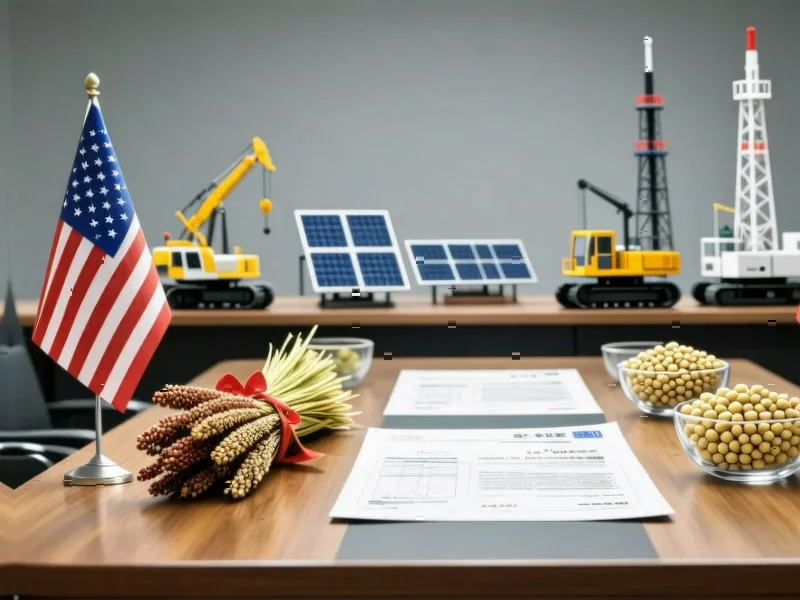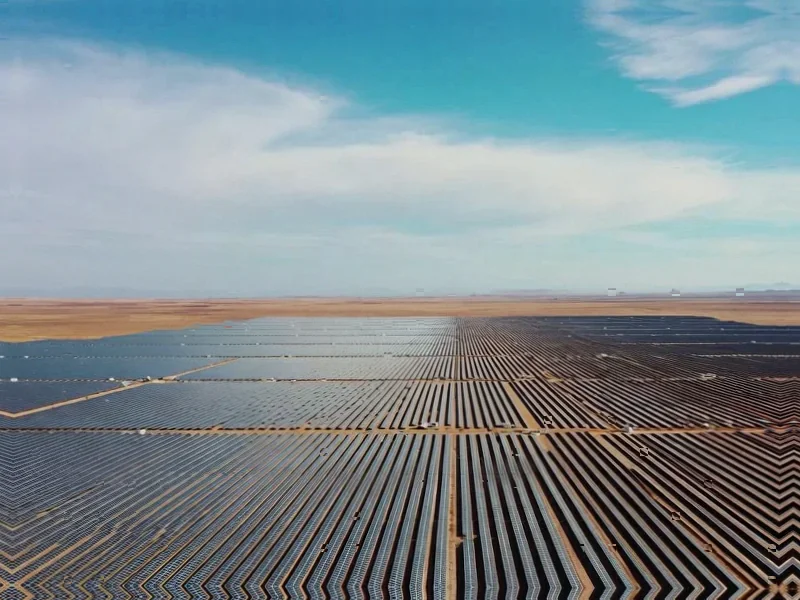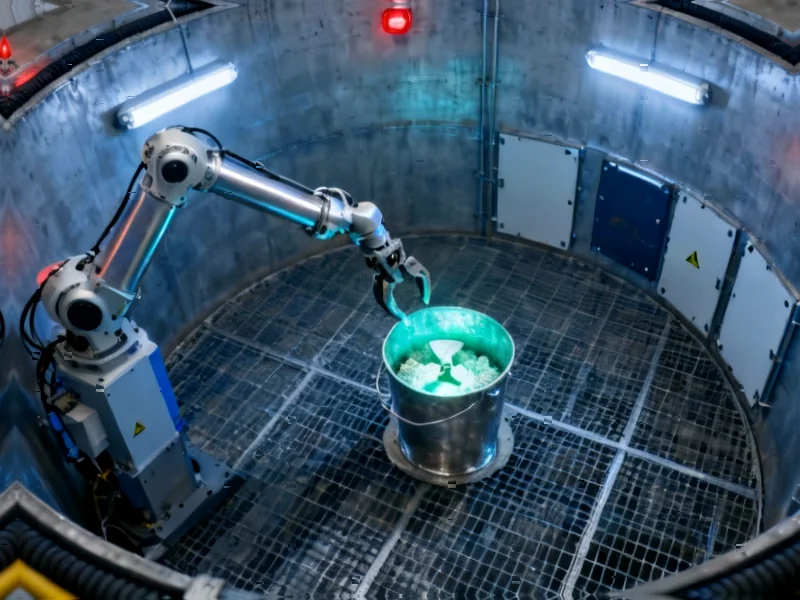According to Utility Dive, Schneider Electric’s Energy Management segment grew 10% year-over-year in the third quarter, with North American operations surging 17% as hyperscalers could spend nearly $200 billion on data center investments this year. CFO Hilary Maxson reported strong pipeline trends particularly in North America and China, with “continued high demand from hyperscalers and strong and accelerating demand from new AI-related players.” The Paris-based company reached 10 billion euros ($11.5 billion) in total revenue with 9% organic growth across all four end-markets. CEO Olivier Blum highlighted that Energy Management “led the growth, where sustained Data Center demand drove performance,” while the company’s software vertical grew 8% and accounted for 19% of group revenues.
The AI Infrastructure Bet
Here’s the thing – Schneider isn’t just riding the data center wave, they’re actively shaping it. That 17% North American growth didn’t happen by accident. The company’s been making strategic moves like acquiring Motivair for cooling technology and co-developing data center designs with NVIDIA. These aren’t minor partnerships – they’re positioning Schneider as the go-to for integrated power and cooling solutions that AI data centers desperately need. When you’re dealing with NVIDIA’s power-hungry chips, you can’t just throw more electricity at the problem. You need sophisticated management systems that Schneider specializes in.
Beyond the Hyperscalers
What’s interesting is how Schneider is balancing this hyperscale boom with broader industrial transformation. Their “energy technology partner” positioning isn’t just marketing speak – it reflects a fundamental shift in how companies approach energy. Basically, every industrial facility is becoming more like a data center in terms of power complexity and management needs. The 8% software growth and AVEVA’s 12% recurring revenue increase show customers aren’t just buying hardware – they’re buying integrated solutions. That’s where the real margin and stickiness comes from.
Headwinds and Opportunities
Now, it’s not all smooth sailing. Maxson was pretty clear that tariffs and inflation will continue to bite through 2025, and Mexico’s weakness due to “tariff uncertainties” shows how geopolitical factors can disrupt even strong underlying demand. But here’s what matters – when your core market is growing at double digits, you can absorb some margin pressure. The bigger question is whether this data center boom has legs. I think it does, because we’re still in the early innings of AI infrastructure build-out. Every company becoming an “AI company” means they need Schneider’s expertise, whether they’re building new facilities or retrofitting existing ones.
The Sustainability Advantage
One underrated aspect of Schneider’s story is how their sustainability focus becomes a competitive advantage. That 53% reduction in supplier carbon emissions since 2020 isn’t just good PR – it’s becoming table stakes for landing big contracts with tech companies that have aggressive climate goals. When Amazon or Google are evaluating suppliers, they’re looking at Scope 3 emissions exactly like what Schneider just reported in their quarterly presentation. In an era where energy efficiency directly impacts both costs and carbon footprints, Schneider’s integrated approach gives them an edge that’s hard to replicate.




